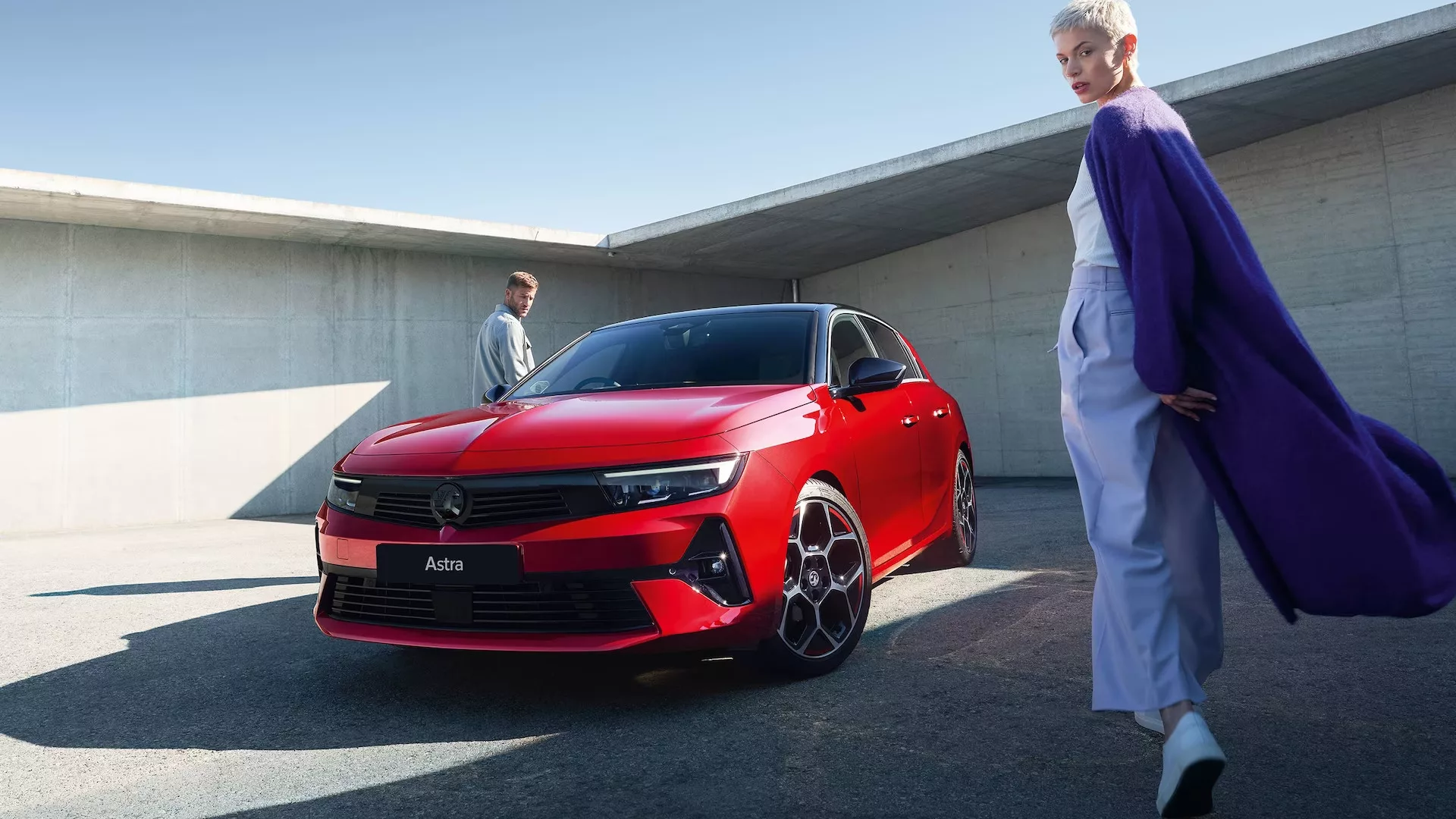In Norway, the electric vehicle revolution continues to accelerate, with plugin electric vehicles (EVs) dominating the market. February marked an impressive milestone, with plugin EVs capturing a staggering 92.1% market share, a notable increase from 90.1% the previous year. This remarkable trend was highlighted by battery electric vehicles (BEVs) maintaining a dominant share above 90% for the second month in a row. However, despite this surge in EV adoption, the total number of vehicles sold, at 7,380 units, remained significantly below the usual numbers for this time of year. Among the top performers, the Tesla Model Y made its mark by selling 1,747 units, accounting for nearly a quarter of all vehicle sales.
The Dynamics of EV Sales
We observed a distinct composition within the electric market share, with BEVs alone constituting 90.1% and plugin hybrids (PHEVs) at 2.0%. These figures reflect a year-on-year evolution from the previous shares of 83.1% for BEVs and 7.0% for PHEVs. February’s statistics suggest a shift in the market influenced by recent tax modifications, which have notably reduced the appeal of non-BEVs and thereby impacted PHEV sales. These changes align with Norway’s ambitious target of achieving a fully electric vehicle market by 2025. The consequence of the new policies may have decreased the popularity of PHEVs, and any recovery is expected to be slower due to the government’s intention to curtail the attractiveness of non-electric models.
Economic Factors Affecting the EV Market
The broader economic scenario is also affecting vehicle sales, particularly changing the landscape for non-BEVs which are now subjected to higher taxes. At the same time, affordable BEV options remain scarce, with the most economical model, the 39 kWh Nissan LEAF, starting from NOK 232,600 (approximately €20,400) without sales tax. This combination of a constricted selection of reasonably priced BEVs and increased taxes is leading to a decline in overall auto sales. The scenario is looming closer to a situation reminiscent of the early 20th century, where car ownership was a luxury few could afford, thereby threatening the accessibility of private transportation for the working class.
Lack of Affordable BEVs in Europe
Contrasting with other regions like India, China, and Korea, Europe faces a dearth of simple, affordable BEVs despite the lowered battery cell prices which currently stand at €44/kWh. Chinese manufacturers are notably offering a variety of BEV models priced below €20,000, with some even starting below €5,000. The affordability of these vehicles is such that the A00 segment has transitioned entirely to BEV powertrains since 2021. The conspicuous absence of budget-friendly electric models in Europe is attributed to strategic pricing by legacy European OEMs seeking to maintain high profit margins. This strategy raises questions about potential industry collusion and political narratives that could be barring competitive pricing in the European market.
Best Selling BEVs and Changes in the Line-Up
The Tesla Model Y’s dominance in Norway is unwavering, as it remained the top-selling vehicle with 1,747 units, almost on par with the combined sales of the next seven ranking models. Yet, amidst this market dominance, we are witnessing shifts in the rankings with newcomers like the Volkswagen ID.Buzz and Toyota BX4x advancing in the competition. The Toyota group has been actively pushing its three related models, witnessing their first collective entry in the top 20. A host of other models like the BYD Dolphin, Opel Astra, and SsangYong Korando are gradually gaining traction, although volumes remain modest. Furthermore, we’re observing the entry of new models such as the Smart #3, although its impact on the market is yet to be ascertained as they join the ranks with their successful siblings.
Fleet Evolution Reflected in Powertrain Shifts
The plugin market share by the end of December stood at 31.39%, with BEVs alone at 24.18%, revealing a slight increase from three months prior. This gradual shift indicates a slow down relative to the previous year’s transition, which is indicative of the economic pressures that are tightening consumers’ budgets and suppressing vehicle sales.
The Economic Outlook and Its Impact
Norway’s economic struggles are not isolated from the global scene with growth rates struggling at 0.5% YoY in Q4. Inflation rates showed a slight improvement, while interest rates held steady. Even with these figures, the manufacturing sector displayed a slight boost. Automobile sales in Norway have been impacted by the overarching economic climate, with the Norwegian Road Federation (OFV) suggesting that multiple factors are pushing buyers to reconsider their priorities, particularly significant investments like vehicle purchases.
